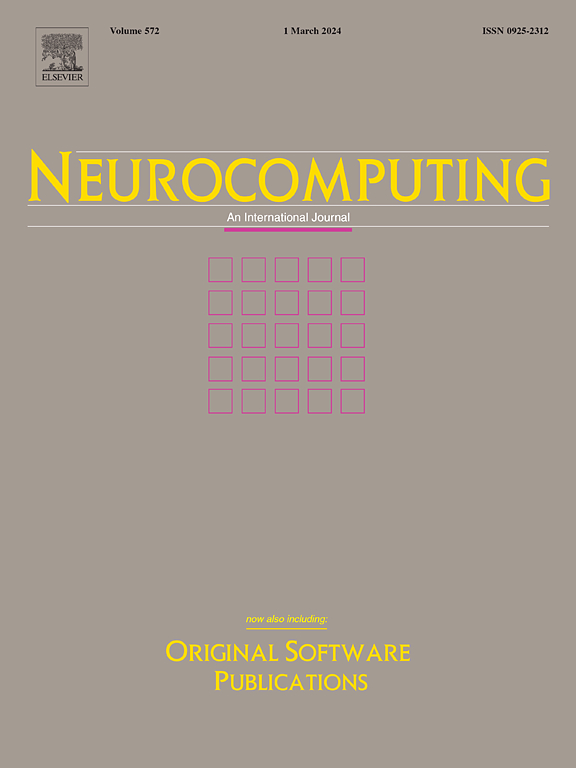快速盲图像去模糊通过补丁最大内容加权先验
IF 5.5
2区 计算机科学
Q1 COMPUTER SCIENCE, ARTIFICIAL INTELLIGENCE
引用次数: 0
摘要
盲图像去模糊的目的是单纯从模糊的图像中得到内核和相应的清晰版本。提出了一种基于逐块最大内容加权先验(PMCW)的图像去模糊方法。我们的工作源于直观的观察,即在模糊退化后,非重叠斑块的最大内容加权值将显着降低,我们在数学和经验上都证明了这一点。在此基础上,我们提出了一种结合l0正则化PMCW和l0正则化梯度先验的新型盲去模糊模型,并开发了一种利用投影交替最小化(PAM)的高效解算法。在多个基准数据集上的定性和定量评估结果表明,我们提出的模型达到了最佳性能,在求解效率和各种定量指标方面超过了最先进的算法。本文章由计算机程序翻译,如有差异,请以英文原文为准。
Fast blind image deblurring via patch-wise maximum content-weighted prior
Blind image deblurring aims to derive the kernel and corresponding clear version solely from blurred images. This paper introduces an innovative blind image deblurring method based on the patch-wise maximum content-weighted prior (PMCW). Our work originates from the intuitive observation that the maximum content-weighted value of non-overlapping patches will significantly decrease after blurring degradation, which we demonstrate both mathematically and empirically. Building upon this observation, we propose a novel blind deblurring model combining -regularized PMCW and -regularized gradient prior, and develop an efficient solution algorithm utilizing projected alternating minimization (PAM). Qualitative and quantitative evaluation results on multiple benchmark datasets indicate that our proposed model achieves optimal performance, surpassing state-of-the-art algorithms in solving efficiency and various quantitative metrics.
求助全文
通过发布文献求助,成功后即可免费获取论文全文。
去求助
来源期刊

Neurocomputing
工程技术-计算机:人工智能
CiteScore
13.10
自引率
10.00%
发文量
1382
审稿时长
70 days
期刊介绍:
Neurocomputing publishes articles describing recent fundamental contributions in the field of neurocomputing. Neurocomputing theory, practice and applications are the essential topics being covered.
 求助内容:
求助内容: 应助结果提醒方式:
应助结果提醒方式:


